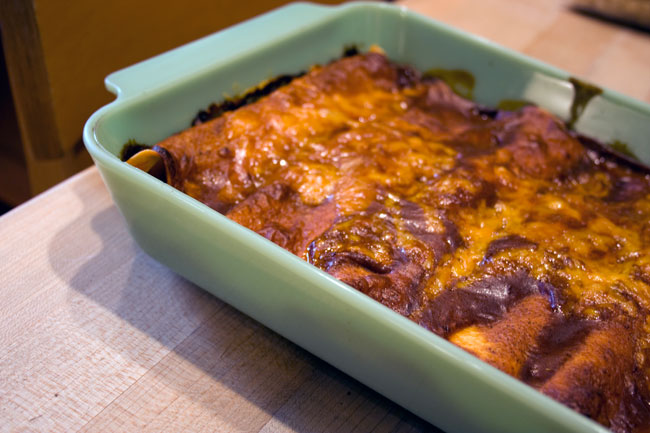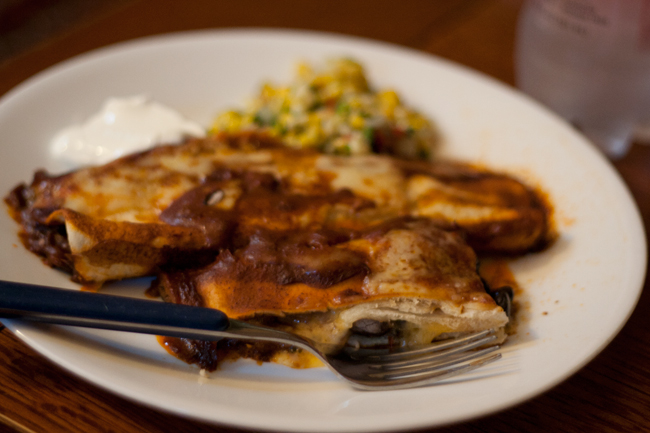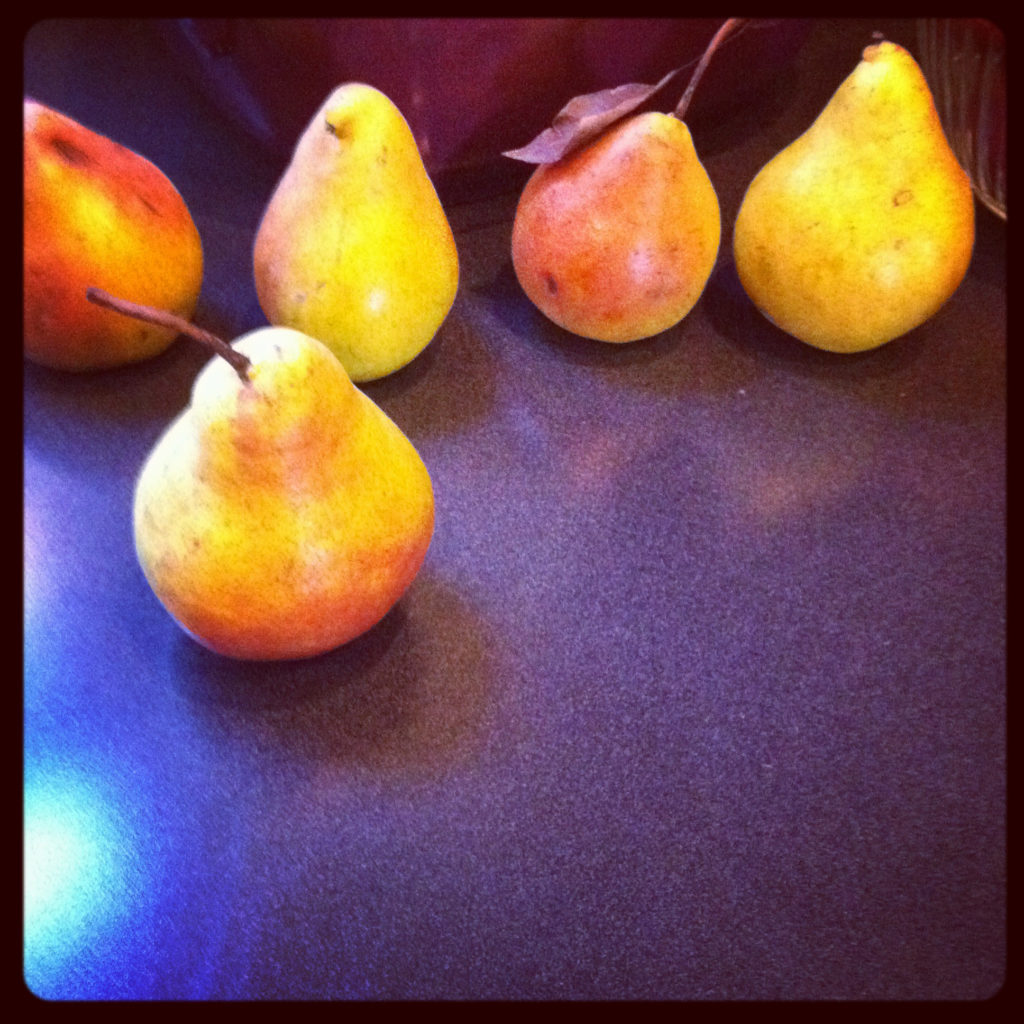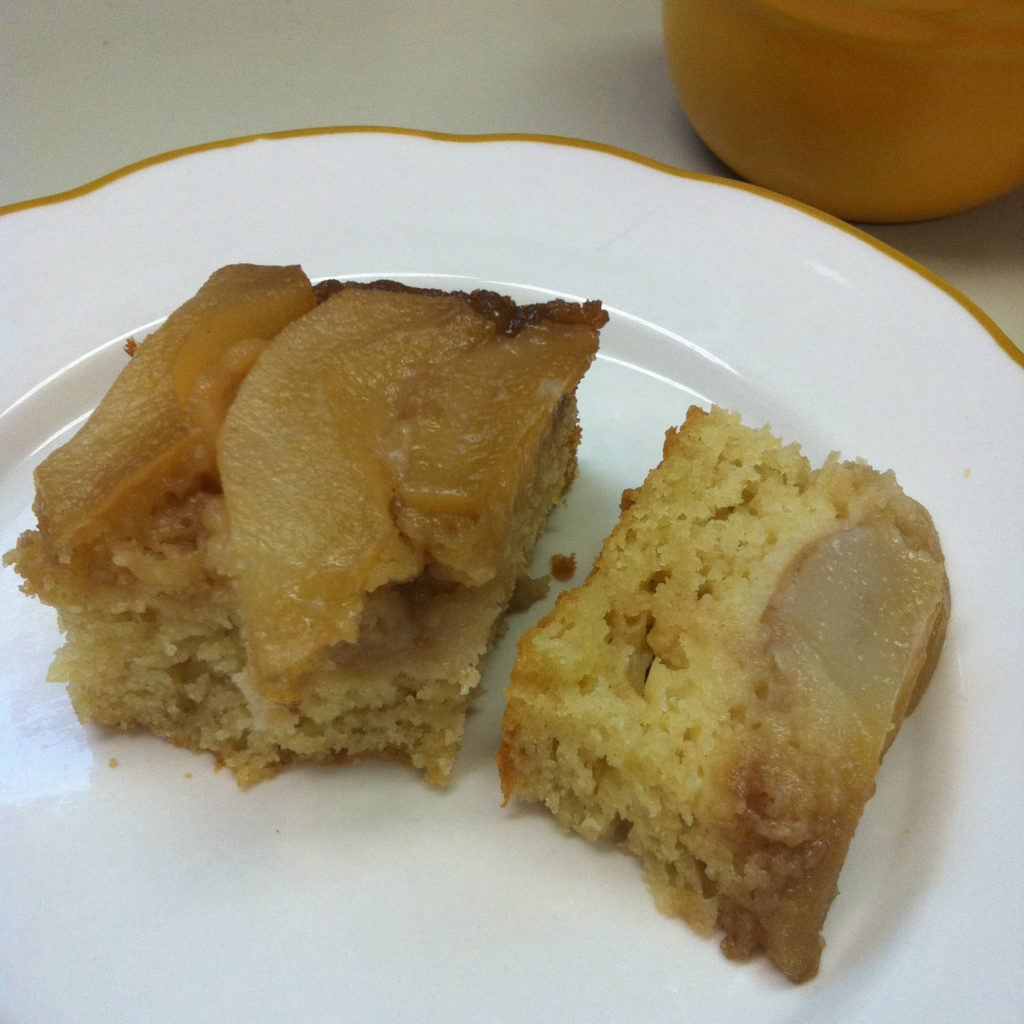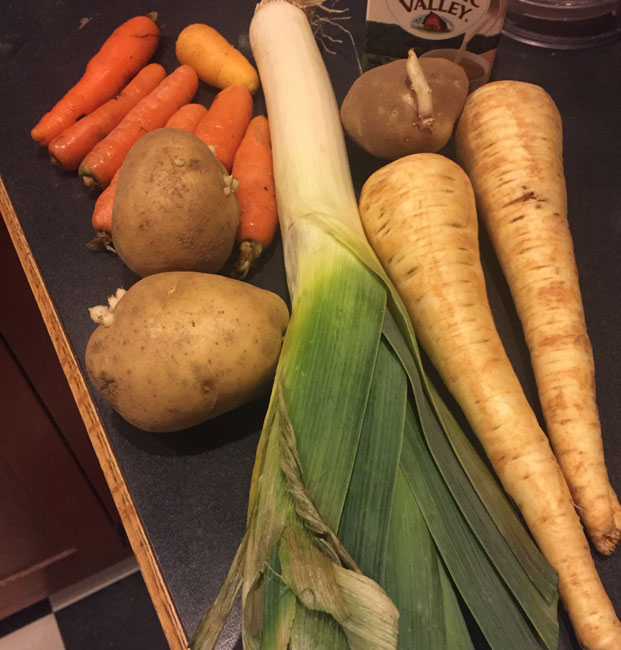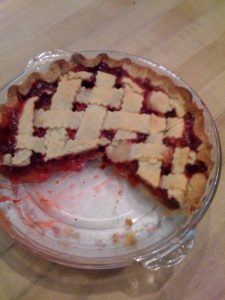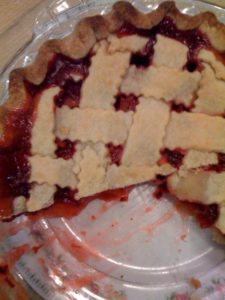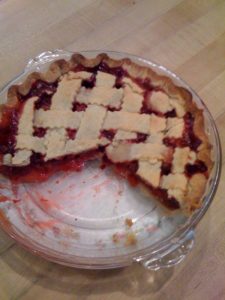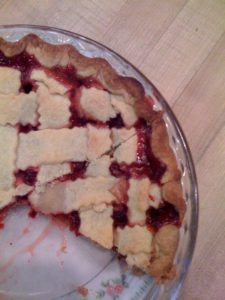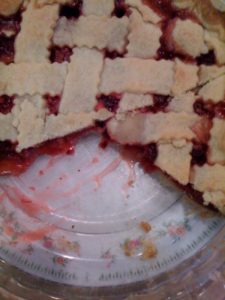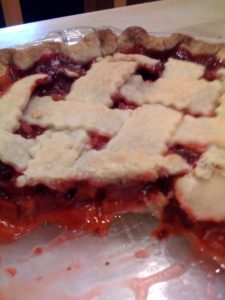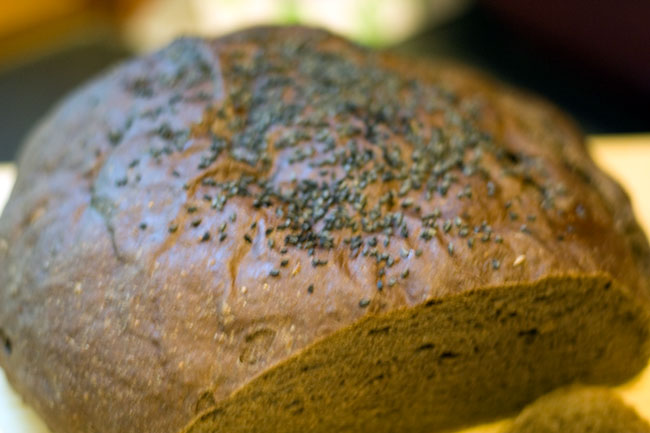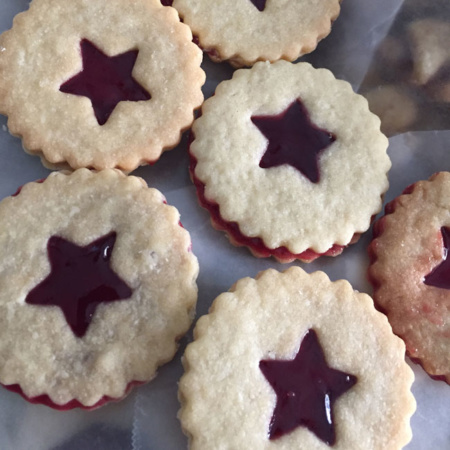These are based on a Martha Stewart recipe from her now defunct mag, Everyday Food. June 2006, to be precise. But of course I don’t make them exactly as Martha instructs, because we all know that rarely works. My personal theory is that most Martha Stewart recipes have at least one wonky instruction, to ensure that the dish only comes out right for Martha herself. In this recipe, there’s an extra 3/4 cup water in the sauce, which makes it too thin and bland. It also calls for corn tortillas and tells you to fry them before rolling, which may be more traditional, but is a lot harder to manage than using flour tortillas, and simply microwaving them for a few seconds until pliable.
Here the enchiladas are filled with beef, but I have used all kinds of fillings successfully: chicken, beans, roasted potatoes or sweet potatoes or squash, corn, peppers … black bean & corn is a favorite.
For the sauce:
- 2 tablespoons vegetable oil
- 1/4 cup flour
- 2 cups vegetable or chicken broth, preferably home made OR one 14.5 oz. can of broth plus enough water to make 2 cups (about 2-3 tablespoons)
- 1 1/2 tablespoons chili powder (I often use part chili powder and part ground Ancho chile)
- 1 chile from a can of chipotle chiles in Adobo sauce, plus a few spoons of the sauce
- 1-3 tablespoons of tomato paste
- 1 tablespoon brown sugar
- salt and freshly ground black pepper
For the filling:
- 1 pound lean ground beef
- 1/3 cup finely chopped onion
- salt and freshly ground black pepper
For assembly:
- 6-8 flour tortillas
- 1/2 pound cheddar cheese, shredded
Make the sauce: measure the oil and flour into a sauce pan and whisk to combine. Heat the broth in the microwave – a spouted glass measuring cup works well for this – and pour it into the pan while whisking until smooth and thickened. Add the chili powder, Adobo chile and sauce, tomato paste, and brown sugar and whisk until smooth. Simmer the sauce for about 10 minutes. Season with salt and pepper.
Make the filling: Brown the ground beef in a skillet, breaking up the clumps with a wooden spoon. Add the onion and cook, stirring, until there’s no pink left in the meat and the onion is translucent. Season with salt and pepper.
Assemble the enchiladas: Heat the oven to 375°. Microwave the tortillas briefly to make them flexible. Pour a thin layer of sauce into the bottom of a 13 x 9 baking dish. Fill each tortilla with a big spoonful of meat filling, top with a few big pinches of grated cheese (reserving about 1/2 a cup of cheese for topping), tuck the sides in, and roll neatly. Place the enchiladas in the baking dish as they’re rolled.
Pour the rest of the sauce over the enchiladas. Place the baking dish in the oven and cook for about 20 minutes until bubbling. Top with the reserved grated cheese and return to the oven for about 5 minutes to melt the cheese. Serve the enchiladas with sour cream, chips, and salsa of your choice.
Originally published March 2018 – although I’ve been making them since the Martha recipe was published in 2006.
